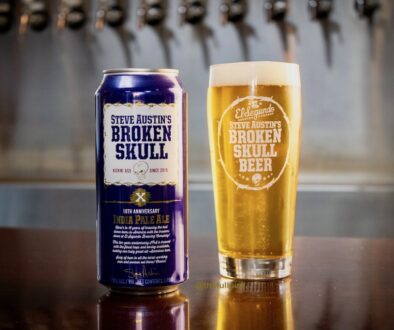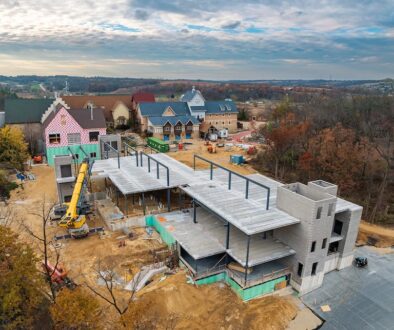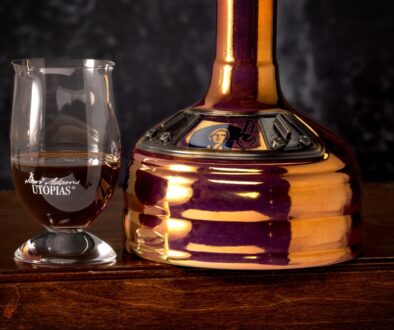Craft brewers taking the art to new levels
BEND, Ore. — Tucked in a corner at the Deschutes Brewery, barrels that once aged fine wines and whiskeys are nurturing beverages that are challenging drinkers to think of beer more like wine.
High-alcohol brews like Black Butte XX and The Abyss, known in the trade as big or extreme beers, are among many craft beers that are grabbing a growing market share in the United States from their mass-produced and heavily advertised counterparts — even at prices ranging from $4 to more than $100 for a single bottle.
“We are looking for what we like to term that wow factor,’ ” said Deschutes CEO Gary Fish. “We want somebody to take a drink, stop, look at the glass and say, What was that?’ ”
Sales of premium beers, which include the household names of Budweiser, Coors Light and Miller High Life, have been nearly flat — up just 1.9 percent last year according to Information Resources Inc., a retail research firm.
As consumer tastes change and rising costs for ingredients pinch their profits, the nation’s biggest brewers are looking for relief in consolidation. No. 1 Anheuser-Busch is being taken over by Belgian beverage giant InBev SA. No. 2 Miller Brewing Co. and No. 3 Molson Coors Brewing Co. are combining U.S. operations.
Meanwhile, craft brewers are grabbing more of the market as they reshape the image of beer. They posted 17.1 percent growth last year over 2006 and accounted for 6.5 percent of the $9 billion in supermarket sales of beer in the U.S., up from 4.5 percent in 2003. Many in the craft beer industry expect their products to continue tugging at “premium” beers’ share of a market valued at $95 billion, including sales in bars and restaurants.
“It is not a fad,” said Julia Herz, director of craft beer marketing for the Brewers Association, a Denver-based trade group that represents more than 1,000 of the 1,400 craft breweries in the nation. “It’s a solid direction the market is going.”
It is uncertain how fast craft beers will continue to grow, but Herz said the indicators are good. After a shakeout in the mid-1990s, the nation’s remaining 1,400 craft brewers have a stronger hold on shelf space and restaurant menus. Anheuser-Busch and Coors are making their own line of full-flavored beers. And the Brewers Association’s book “Start Your Own Brewery” has sold more than 1,000 copies.
“A brewery in every town is not so crazy to think about in the future,” she said. “It all goes back to the movement of consuming products that are locally produced.
“Who would have ever thought that Denver, Colo., would become the Napa Valley of beer?” she said. More than 60 breweries lie within in a 100-mile radius of Denver.
Their small size gives craft brewers the freedom to explore the outer limits of beer, and they are being rewarded by consumers who value good flavor, said Sam Calagione, founder of Dogfish Head Brewery in Milton, Del.
“This hasn’t happened because of some half-billion-dollar advertising campaign on behalf of the big brewers,” he said. “It’s truly the consumer becoming self-educated.
“It’s a kind of a blue-collar connoisseurship. Anybody can afford to buy the world’s best beers, but if you wanted to buy a bottle of the world’s best wine, you’d have to spend thousands of dollars.”
Growing out of home brewers’ efforts to emulate British and German beers, craft beers started showing up about 30 years ago, and bigger varieties bubbled up in the mid-1990s on both coasts as brewmasters chased their fantasies to the outer limits.





